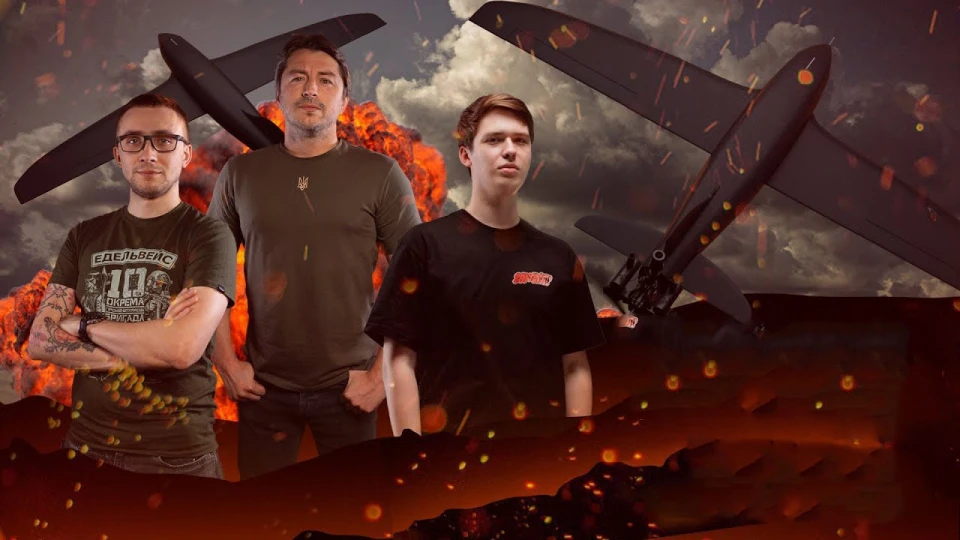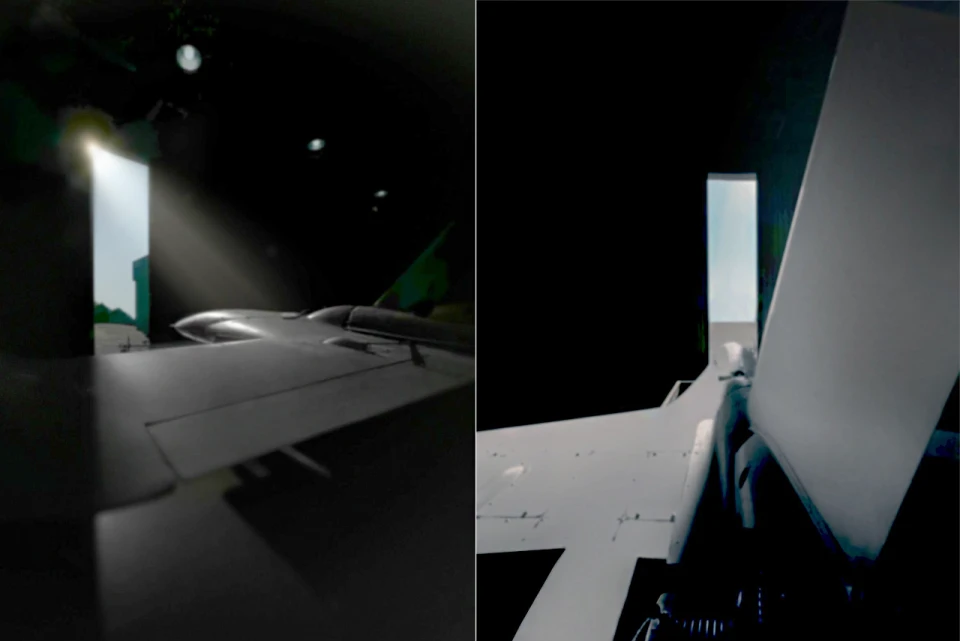
Morok UAV: everything we know about mysterious Ukrainian long-range drone
Russian aggressors no longer feel safe on their own territory. The reason for this is the Ukrainian Armed Forces’ UAVs, which are flying further into Russia’s rear. Among the longest-range drones is the Morok UAV, with little information available
Espreso provides comprehensive information about the Morok (stands for ‘darkness’ in Ukrainian – ed.), including its characteristics, price, and the insights from the Western press on the matter.
Morok UAV: fundraisers for drones and their price
On Tuesday, October 10, volunteers Serhiy Prytula, Serhiy Sternenko and Ihor Lachenkov announced a "mega-fundraiser.” The stated goal is UAH 175 million for 100 Morok drones. The fundraiser is called "We Can Protect.”
"Do you remember how last year, during the 'For Revenge' fundraiser, you donated 142 “kamikaze” drones? They delivered a lot of explosive ‘surprises’ to our enemies.
It is time to provide our military with more "explosive" birds! The replay will be very striking and sudden for the enemy," the volunteers said in a statement.
In two days (as of the morning of October 12), 78% of the amount was raised - about UAH 136 million.
This is not the first fundraiser for Morok. In August, the Security Service of Ukraine (SSU) announced drone strikes against Russian invaders. To carry out these operations, they announced a fundraiser for 33 long-range drones to be transferred to the White Wolf unit of the SSU Special Operations Center.
"The SSU special forces promise to launch each of the 33 drones so that the enemy can see and feel what freedom and independence mean to Ukrainians," the special forces emphasized.
At that time, the cost of 33 drones amounted to UAH 60 million (1.82 million or almost USD 50,000 each). The price stated in the October report from Sternenko and company is UAH 1.75 million (USD 48,000) for one drone. The difference is likely due to the volume of purchases. The larger the order for weapons, the cheaper each unit costs.
Specifications and appearance of the Morok UAV
When announcing the fundraiser in August, SSU representatives did not specify what kind of drones they would be purchasing. However, they noted that these drones have a flight range of 800 km. The same figures were announced by volunteers on October 10: each of the hundred Moroks is capable of carrying 30 kg of payload over a distance of up to 800 km. Such a distance allows the Ukrainian Defense Forces to strike at important targets of Russian troops in the deep rear.
The UAV's propulsion system uses an internal combustion engine located in the drone's tail. That's why Morok, like Shahed, makes a characteristic sound like a moped.
Even the appearance of this drone is still unknown. In September, the Security Service of Ukraine published two images of the Morok drone. But these images differ from the way the UAV looks in the screensaver in the video from the volunteers.

Screenshot
The Militarny portal claims that it is a single-engine UAV with a pusher rotor in the tail section.
"It is built according to the normal aerodynamic scheme. The tail fin is a two-bar, inverted V-shape," the Morok description reads.
Defense Express observers, having analyzed the photos of the drones, call the aerodynamic shape of the drone quite strange.
"Despite the fact that it resembles a duck, the drone has no front horizontal plumage, but a keel. Thus, we are talking about a rather rare tailless scheme in subsonic aviation. And while such a scheme was used quite actively in supersonic aviation in the 60s and 70s, for example, in the Mirage fighter jet, Concorde and Tu-144 airliners, and the SR-71 Blackbird reconnaissance aircraft, subsonic aircraft are much more likely to use a duck or flying wing," experts say.
However, they admit that photos do not necessarily have to correspond to a real model or, moreover, reveal design details to the enemy.
35-40% of Morok drones successfully reach their targets
The Economist, an influential British weekly magazine, devoted a large article to Morok drones. At dawn on August 25, the magazine's journalists watched the launch of the drones by Ukrainian defenders.
"A group of drone developers headed to a launch point in southern Ukraine for one of the most daring aerial missions over Russian-controlled territory to date: an attack on a military base deep in Crimea," British journalists wrote.
The results of this mission were later reported by sources in the occupied Crimea, who wrote that explosions had occurred at the military base. Several soldiers were killed and the wounded were taken to hospital.
One of the drones used in this operation is the Morok.
"A source close to the developers of Morok (“dark spirit”), one of the prototype drones used in the Crimean operation, says Ukraine’s new aerial strike capacity is the result of “seeds sown many months ago”. Fast and capable of carrying a heavy payload over several hundred kilometres, Morok is among the more promising fixed-wing kamikaze designs being considered by Ukraine. ," the Economist writes.
The journalists emphasize that the creators of Morok have come this far largely without government funding, thanks to philanthropic friends. Now the development team faces a difficult task: to find the resources to intensify mass production.
Among the tasks already completed by the Morok UAV are strikes on airfields near the borders of Ukraine. In particular, the military hinted to journalists that it was this drone that struck a Tu-22M strategic bomber at an air base near Novgorod.
In order to break through Russian air defense and electronic warfare, each Ukrainian attack must be carefully planned, the Economist notes.
"Ukraine has developed algorithms that appear to work. Operators launch in the early morning (when defenders’ concentration might be lapsing) and use an order of attack designed to keep air defenses busy. They gather intelligence (often from Western partners) about radars, electronic warfare and air defense assets. Russia cannot lock down the entirety of its vast territory," the article says.
According to drone operators, the primary challenge is navigating the 60-kilometer-long obstacle course along the border. Feedback regarding the success of the strikes is gathered through satellite data, tracking devices, social media posts, and local agents. On average, approximately 35-40% of the drones successfully reach their intended targets.

Photo: facebook-сторінка Служби безпеки України
- News













































